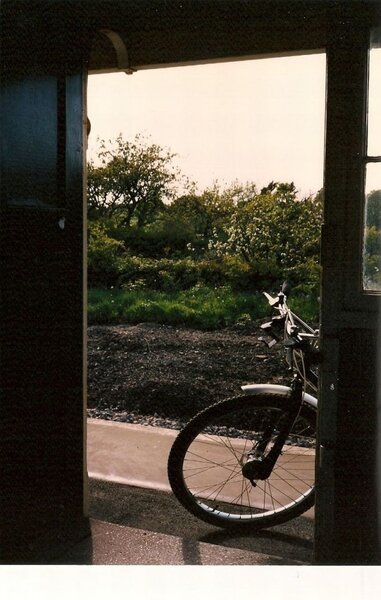garethrl
Senior Retro Guru
Thanks for all the input so far folks. I'm looking to put together a zero-maintenance town bike that's comfy and stable over wet cobbles and tram tracks as well as broken surfaces - so I'll go with hub gears and brakes for the first iteration. If it doesn't work out for me then I can always rethink later and these wheels are a fair price - well, they are right now anyway. The frame is not terribly heavy (531) but I'm not looking for a light bike anyway - for a change!
I'll definitely contact Geoff Apps for his thought on Sturmey stoppers though.
Cheers, Gareth.
I'll definitely contact Geoff Apps for his thought on Sturmey stoppers though.
Cheers, Gareth.
one-eyed_jim":1zptm6in said:Not. I'm sure there are modifications that can be made to improve them (and I'm sure Geoff Apps can tell you far more about that than I can) but stock Sturmey drum brakes aren't good stoppers. They're mediocre in all weathers with zero maintenance though, which is their advantage.orange71":1zptm6in said:as good as cantis or not?
I really meant the brakes. But for off-road use, this doesn't seem to be a great compromise - you add a hell of a lot of weight and end up with a narrow gear range, limited tyre choice and mediocre brakes. For an errand bike it's a different matter, but it would make more sense to start with a frame (Post Office surplus?) that's built to take the wheels.in terms of durability or speed of gear change or what?
